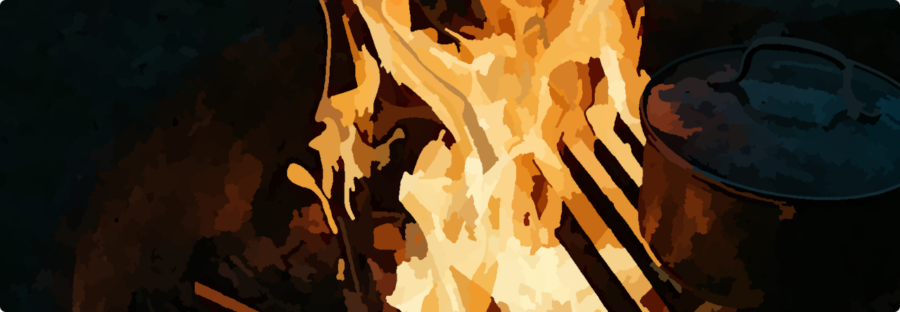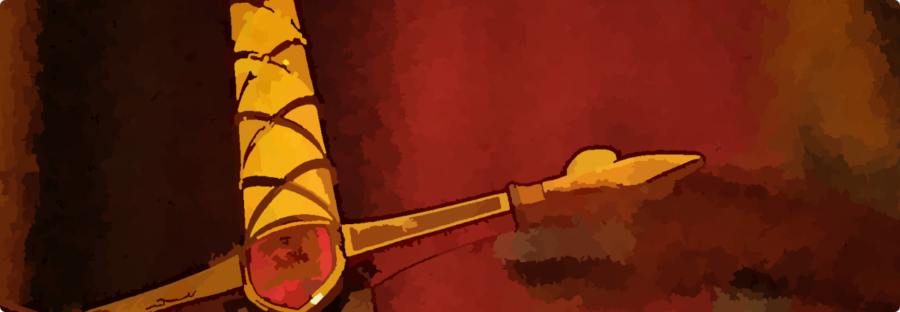Outside the pyramid, Barston's companion continue their fight against the strange snake creatures. Inside, Barston confronts a surprising old nemesis.
Category: Mythic Page 1 of 4

The group has found the golden pyramid, but three large guardian spirits protect it. Can Barston find the way inside in time?

Continuing south, they find a goblin wizard under attack by four ogres.

Continuing south to the Golden Pyramid, the group enter into large mounds of giant termites.

Now up to five members, the team is traveling to the Golden Pyramid to fight the Spider King.

The team have acquired the second Aeonatine relic. Today's session is just trying to figure out some details related to it.

Barston, Derron, and Faruin continue to look for the sword after a night of fighting undead creatures. The minimites return, and are perhaps a valuable ally in this search.

Realizing the fort is a trap to prevent people from finding the sword, Barston and the others have returned to the surface to look for clues.

Descending into the remnants of the old fort, a strange golem with a fiddle is their first challenge to overcome.

The Sword of Aeonatus, one of 5 pieces of legendary anti-wizard relics, says it somewhere near Yewsforth. Barston, Derron, and Faruin investigate.
Page 1 of 4

